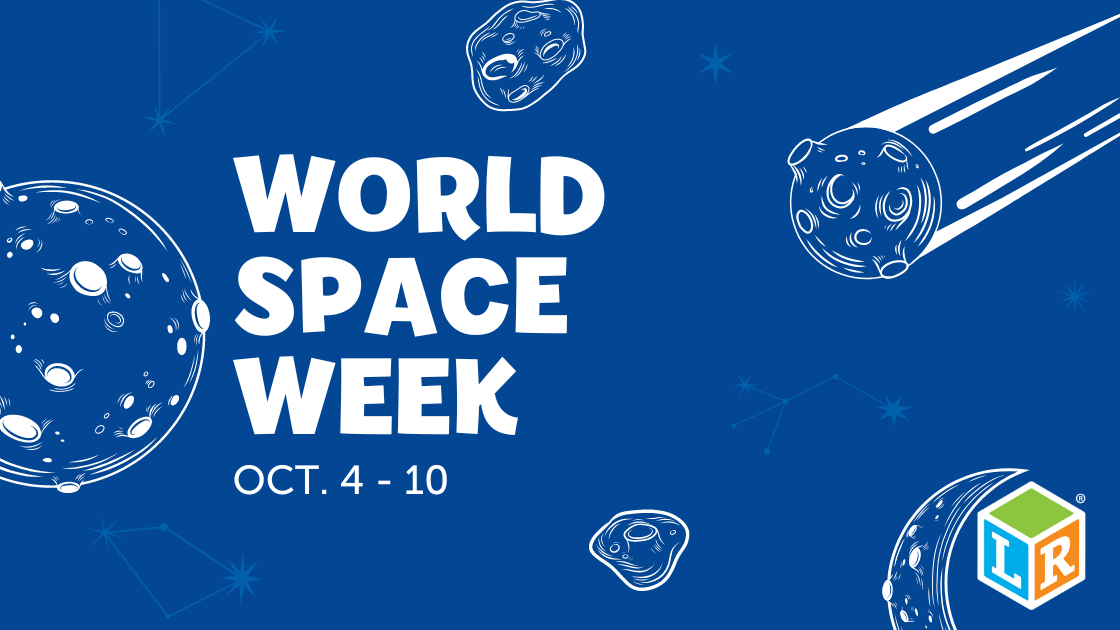Top 10 Smart Stocking Stuffers!
- Learning Resources Posted On Nov 21, 2022 | STEM
Stuff their stockings with STEM! Give smart this holiday season with Learning Resources. These small-sized stocking stuffers offer up big-time impact. Here are ideas for every little boy and girl on Santa’s list: fun, educational, and creative. Good things come in STEM packages!
Pretend & Play® Tape Measure
Precisely what your budding carpenter needs for their tool belt! This rough-and-tumble tool takes accurate measurements and can withstand the toughest of pretend construction sites. When done, the tape stretches to three feet and rewinds up into its home. Get ready for everything in the house to be sized up!
Hoot the Fine Motor Owl
Hoot, the Fine Motor Owl, peeks out from over their stocking, ready and willing to strengthen skills for preschool readiness! This fine motor toy is super colorful and comes with five bright, numbered coins. Drop those coins into the slot on top of Hoot’s head –and, using scissor skills–flap the wings. Surprise! The coins come tumbling out! Spin around Hoot’s gear-shaped eyes, or push in Hoot’s nose for a squeak. Kids practice pincer grip, shape recognition, and hand strength with this friendly, wise owl.
Beaker Creatures® Reactor Pods
Let’s face it, and kids love to collect. And if they are gathering in the name of science? Even better! Beaker Creatures are amazing on so many levels. There are three sets of series of these mysterious marvels to collect and discover. Drop the pod into the water and watch the bubbling reaction to unearth your creature. Each fit-in-a-stocking-sized box features a mini-poster with a real-world STEM experiment. All Beaker Creatures work with Learning Resources’ playsets like the Bubbling Volcano Reactor, Alien Experiment Lab, or the Whirling Wave Reactor. Let’s grab the water and get discovering!
Three Bear Family® Basic Counter Set
All hail color recognition and sorting with these playful bears, a part of the Three Bear Family Counters. A whopping 102 Baby Bears are in the convenient bucket (which makes for easy cleanup and storage). There’s even a little activity guide. So cute (and smart)!
Helping Hands Fine Motor Tool Set™
Build those little hand muscles for the preschool set! Pre-scissor and grasping skills are practiced with the Helping Hands Fine Motor Tool Set, prepping kiddos for writing, cutting, and more. An alligator grabber, a twisty eyedropper, a handy scooper, and squeeze-type tweezers…all useful for flexing those preschool muscles.
Primary Science® Color Mixer
Awesome! This Color Mixer is constructed in the same sturdy manner you’ve come to know and love from Learning Resources. It’s a flask divided in half. Each side can be filled with a different colored liquid. Now tip upside down…out of the curvy straw comes the new color. Hooray for a little Christmas chemistry!
Take 10! Shape Finder Cookies
Turn your holiday morning into game time! From the “Take 10!” Series (turn any 10 minutes into quality time) the Shape Finder Cookies builds all sorts of yummy skills. Inside the easy little to-go bin, it comes in. There are game options that include shape and color recognition. Maybe try to sharpen your skills by finding the right shape with your eyes closed. The Shape Finder Cookies is a delicious way to play whatever game you land on.
Take 10! Color Bug Catchers
Catch these bugs before they scatter away! Quality time and meaningful play take on a crawly twist with this game. This tube fits perfectly into a stocking and is filled with creativity. There are tweezers to help snag the bugs, which helps to develop fine motor skills. Inside are instructions for games for multiple players, and everything takes under 10 minutes to play. Oh, what fun!
Dual Lens Magnifiers
Drop one of these in every stocking this season! These handy little magnifiers are perfect for making discoveries up close. Easy to hold for little fingers, the magnifiers help kids explore indoors or outdoors with 3x or 6x magnification lenses. Would you look at that!
 Shop UK Site
Shop UK Site 




































